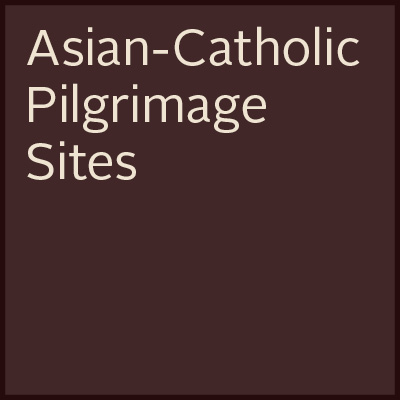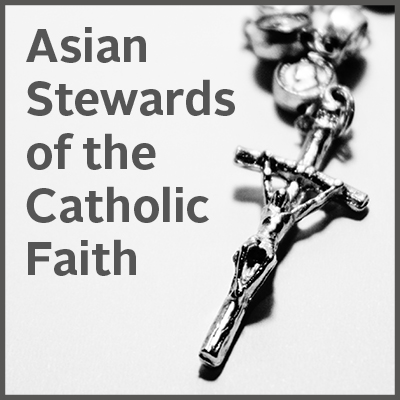Our Lady of Vallarpadam (India)
A short history the magnificent and miraculous picture of Mary and Infant Jesus, installed at the top of the main altar of the Vallarpadam Church, was brought by Portuguese merchants under the leadership of Vasco Da Gama in 1524. In 1676 the old Church, which was known as the Church of the Holy Spirit, founded by the Portuguese missionaries, was destroyed by the heavy flood and the picture of Our Lady was found floating in the backwaters. Nobody except Paliyath Raman Valiyachan, the Prime Minister of Maharaja of Cochin, could recover it. The beautiful church at Vallarpadam, which you see now, is built on the land donated by Paliyath Raman Valiyachan. He is gratefully remembered in Vallarpadathamma, and his generosity towards the Church, by lighting the Sanctuary lamp, which he himself donated and which has been burning day and night from 1676 onwards.
In May 1752, there occurred a great miracle which made Vallarpadam a famous Pilgrim Centre. In Vallarpadam there was a young Nair Lady named Meenakshiyamma, a member of a noble family called Palliyilveedu. Together with her son, she was going to Mattancherry in a non-mechanized boat. There arose a storm and the boat capsized. Meenakshiyamma and her son went deep down into the backwater. While they were in danger, Meenakshiyamma promised Vallarpadathamma that if they were rescued by her they would be her Adimas (servants) until their death. On the third day, as per instructions in a dream, the parish priest asked the fishermen to cast net in the river, and Meenakshiyamma and her son were rescued. From that day onward, people, especially those who travel by boats and ships, come to Vallarpadam and pray for their safe journey. Meenakshiyamma and her son received Baptism, became Christians and were named Mary and Jesudas, respectively. They lived in the churchyard itself, adoring the Lord, thanking Our Lady, and proclaiming the Good News to all those who came here. Her family is still living quite near to the church. Due to its spiritual importance, His Holiness Pope Leo XIII elevated its main altar to the status of Altare Privilegiatum in Perpetuum Concessum in 1888.




